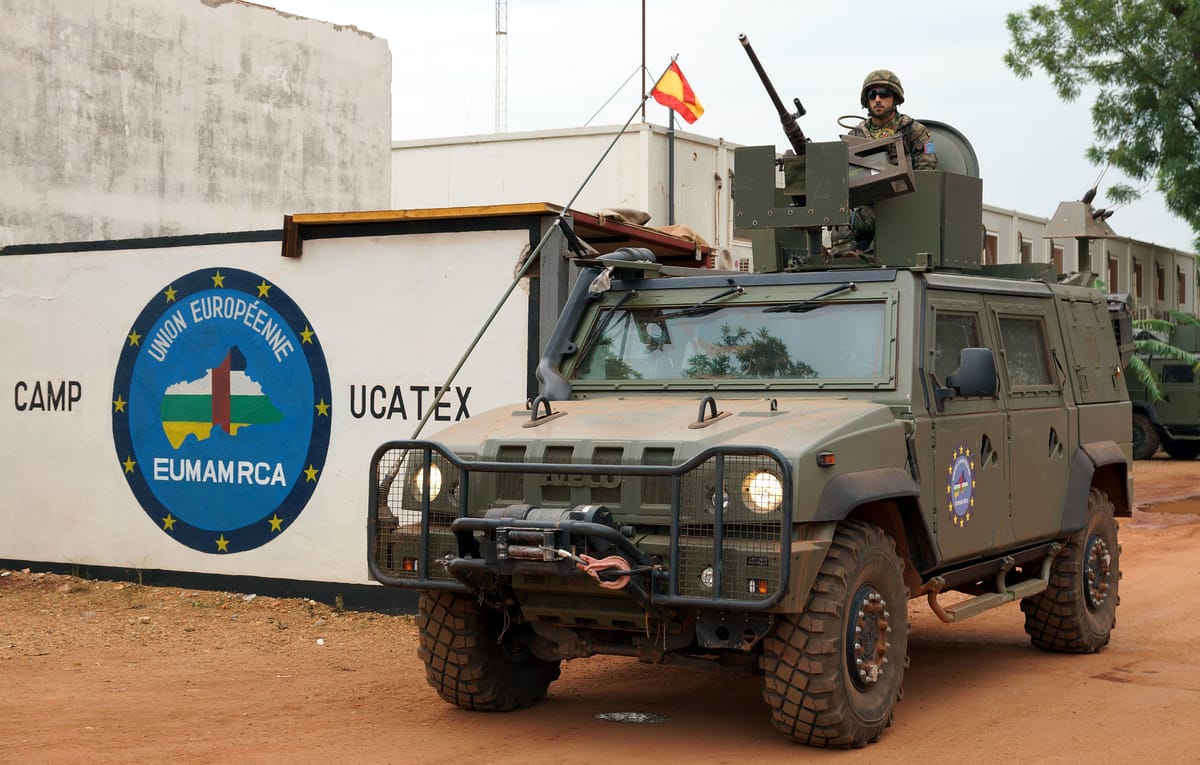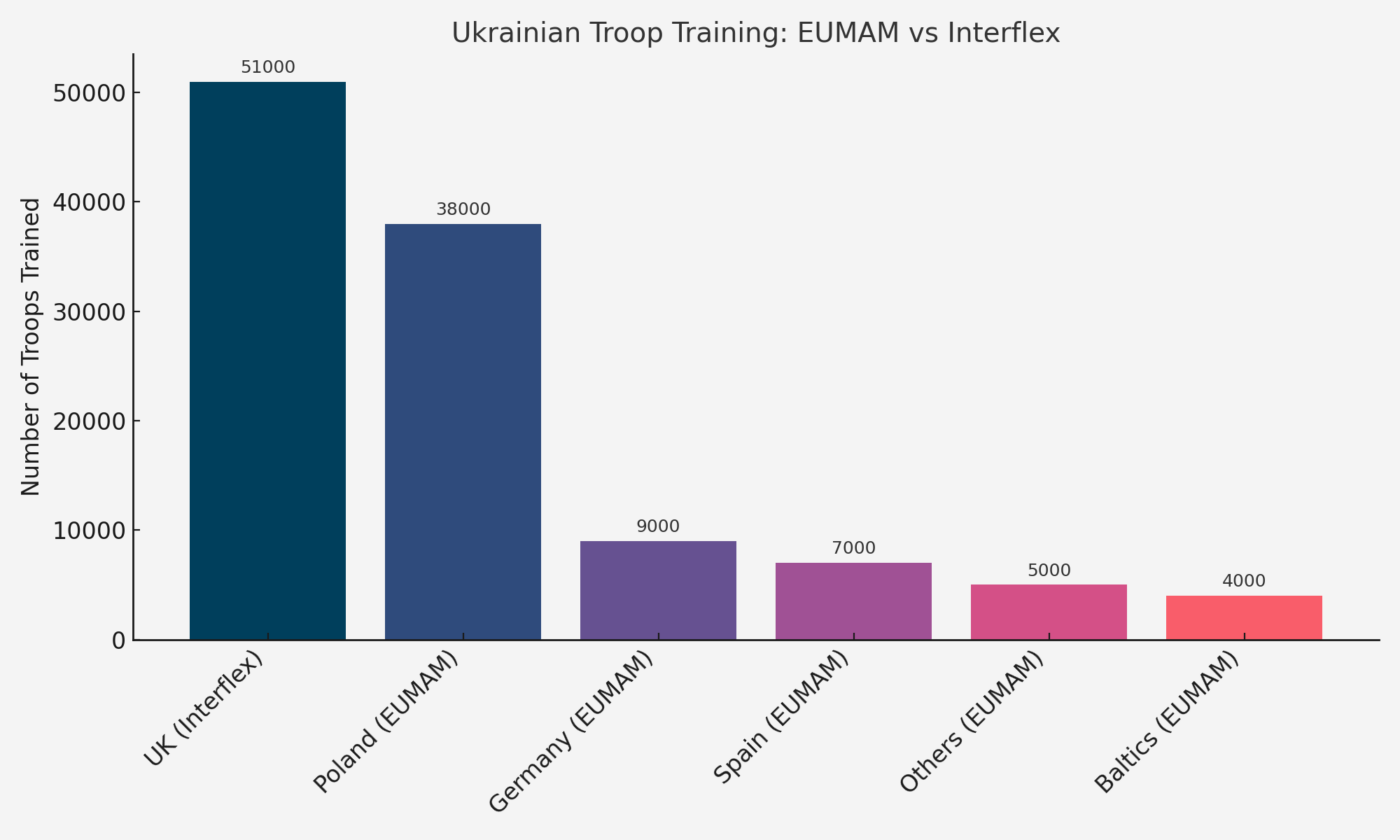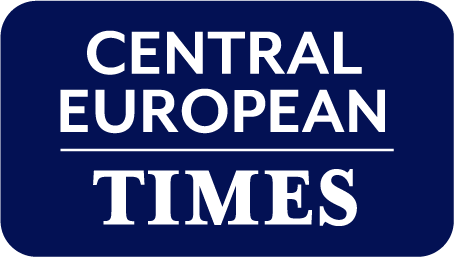
Poland leads EU troop training effort for Ukraine
The Polish Defence Ministry said on 13 June that it has trained 38,000 Ukrainian soldiers under the EU Military Assistance Mission (EUMAM) framework since 2022. The figure accounts for more than 60% of the 63,000 troops trained under the programme so far, according to the European External Action Service.
The EUMAM earlier stated its aim to prepare 75,000 Ukrainian service personnel by February 2025. Poland’s disproportionate contribution has reinforced its role as the bloc’s principal defence actor on its eastern flank.
Warsaw’s training lead
Polish Deputy PM and Defence Minister Wladyslaw Kosiniak-Kamysz said in April that Poland’s defence strategy prioritises frontline support and rapid capacity building. He added that Poland “will not turn anyone away” from its training centres, including non-combat personnel.
Germany, Spain and the Baltic states have each trained fewer than 10,000 Ukrainian troops under the EUMAM, according to EU data published on 10 June. By contrast, Poland has hosted over 60% of EUMAM training sessions, which include infantry tactics, drone operations and logistics preparation.

Industrial alignment
Poland’s training drive aligns with its broader military-industrial strategy adopted after Russia’s full-scale invasion of Ukraine in 2022. The country has committed over EUR 14bn to new equipment, including Patriot missile systems, Abrams and K2 tanks, and FA-50 light combat aircraft.
Polish defence firms have also expanded battlefield-linked production. In 2024, the Polish Armament Agency signed a framework agreement with PGZ subsidiary Huta Stalowa Wola for the delivery of 152 Krab self-propelled howitzers. WB Group and Hanwha Defence signed a USD 150mn deal to increase joint production of artillery munitions.
Regional training landscape
Outside the EU framework, the UK-led Operation Interflex has trained more than 51,000 Ukrainian troops since 2022. A UK Ministry of Defence review released on 4 June reported that 90% of participants felt “better prepared” after completing the course.
Germany and Spain continue to deliver the EUMAM modules on a smaller scale. Czechia and Slovakia have specialised in combat engineering and demining instruction respectively. Hungary remains absent from the programme.
Cross-party support in Poland
Defence policy has remained consistent despite the transition from the Law and Justice (PiS) government to the Civic Coalition (KO) in late 2023. Defence spending is expected to reach 4.7% of GDP in 2025, with plans to increase this to 5% in 2026, Kosiniak-Kamysz said at an EU defence summit in April.
While some opposition lawmakers have warned of “Ukraine fatigue,” cross-party support for training and defence procurement remains strong.
New Balkan contributor
Montenegro joined EUMAM on 12 June after a nine-month parliamentary bottleneck. It becomes the latest contributor to the bloc-wide mission, which does not include Croatia, Slovenia or Hungary among its major participants.
With over half of all EU-trained Ukrainian personnel receiving instruction in Poland, Warsaw has become the cornerstone of Europe’s military assistance framework. “Poland is doing what its allies will only begin to do,” Polish Foreign Minister Radoslaw Sikorski said.
